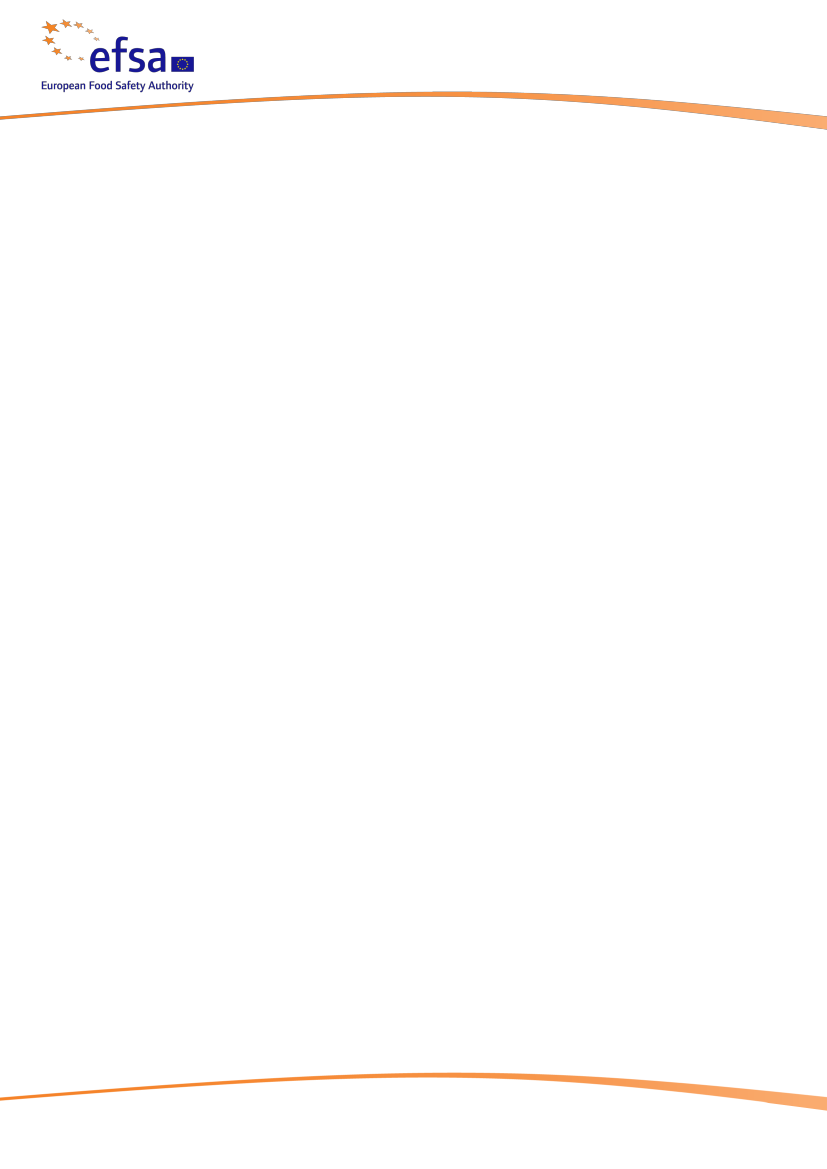
PESTICIDES UNIT
EFSA explains the carcinogenicity assessment of
glyphosate
12 November 2015
Background
During the EFSA peer-review process for the renewal of the approval of the pesticide
active substance glyphosate, EFSA received a complementary mandate from the
European Commission to consider the findings by the International Agency for Research
on Cancer (IARC) regarding the potential carcinogenicity of glyphosate or glyphosate
containing plant protection products. Following the request, EFSA has incorporated its
scientific assessment in the on-going peer review of the active substance (EFSA, 2015a).
The EFSA Conclusions on Pesticides have a complex structure, designed for supporting
the European Commission and Member States in the approval process, the subsequent
assessments of the Plant Protection Products (PPPs) by the Member States (MSs), and
the revision of the Maximum Residue Levels (MRLs) of pesticides.
The EFSA Conclusions summarise the main outputs of the scientific assessments
(Sections 1 to 6), and then focus on the identification of data gaps and studies to be
generated (Section 7), recommendations to manage the identified risks (Section 8) and
concerns to be considered by risk managers (Section 9). An appendix presents the List
of Endpoints recommended by EFSA for the hazard and the risk assessment of the active
substance.EFSA also publish supporting background documents providing the scientific
justifications.
EFSA’s assessment on pesticide active substances is based on original studies
(mandatory regulatory Good Laboratory Practice (GLP) studies, other relevant studies
and the outcome of the search of peer-reviewed scientific studies published within the
last 10 years before the submission of the dossier), that are summarised by the
rapporteur Member State (RMS) in the draft renewal assessment report (RAR). The
peer-review includes a public consultation of the draft RAR and several commenting
phases by EFSA scientists and MSs experts, the possibility for requiring additional
information from the applicants, and a set of experts’ meetings covering different
scientific areas; this is reflected in a further development of the RMS RAR during the
EFSA peer review.
Due to the length and complexity of the peer review report supporting the EFSA
Conclusion (EFSA, 2015b) and the RAR (Germany, 2015) EFSA has considered
important to clarify some key elements of its scientific evaluation in this complementary
document, in particular, regarding the assessment of the carcinogenicity of the active
substance glyphosate.
Assessment of the carcinogenic potential of the active substance
glyphosate
EFSA has assessed the carcinogenicity and genotoxicity potential of the active substance
glyphosate according to the principles and criteria applicable for the classification and
labelling of chemical substances in the EU under Regulation (EC) No 1272/2008 (CLP
European Food Safety Authority • Via Carlo Magno 1A • 43126 Parma • ITALY
Tel. +39 0521 036 111 • Fax +39 0521 036 110 • www.efsa.europa.eu